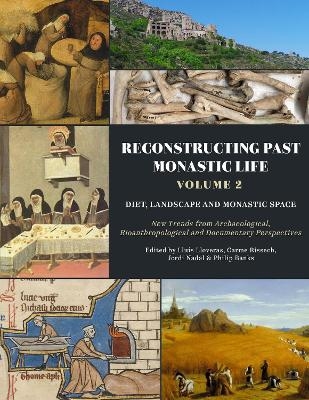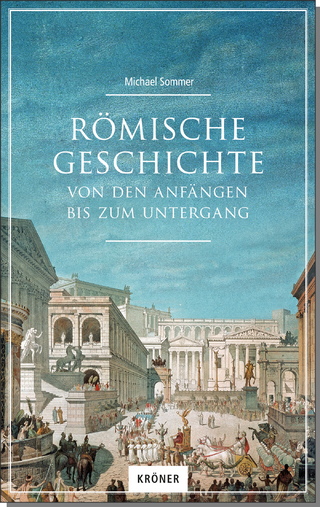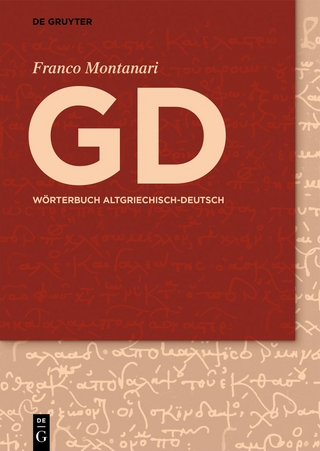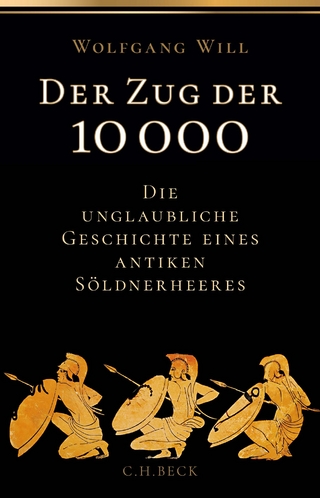
Reconstructing Past Monastic Life: Volume 2: Diet, Landscape and Monastic Space
Casemate Publishers (Verlag)
979-8-88857-175-0 (ISBN)
- Titel nicht im Sortiment
- Artikel merken
Monasticism is a form of religious life in which participants renounce worldly activities to dedicate themselves primarily to spiritual matters, living in small communities subject to a set of rules and isolated from the secular world. Christian monasticism, which originated at the end of the 3rd century in Egypt and North Africa, spread to different parts of Europe in the 6th century. However, it was not until the Middle Ages that monastic communities became one of the most powerful institutions in Europe. Monasteries and convents played a very important role not only as centers of spirituality but also as focal points of economic, technological and cultural activity. This multiplicity of activities carried out alongside their religious, social and political roles make monasteries spaces that can be studied from very different perspectives and that unfailingly provide essential information about our history.
This second of two titles originates from an international conference that took place in Barcelona in January 2024, which sought to examine different aspects related to monastic life in the past and to promote and disseminate the results obtained in the latest studies undertaken within the framework of monastic complexes and their environments. These include contributions and multidisciplinary studies from archaeological, bioanthropological and/or documentary perspectives. Specialists from different disciplines present developments on the topic of monasticism from different fields of study, such as zooarchaeology, bioanthropology, palaeopathology, archaeology, history, documentary disciplines, archives, cultural heritage, etc.
Volume 2 focuses on diet, food practices, water management, and the organization and use of space within monastic complexes and landscapes.
Lluís Lloveras is a researcher in the department of Archaeology and History at the University of Barcelona, from which he obtained a PhD. He is a specialist in zooarchaeology and taphonomy, focusing on the procurement of animal foods, past animal hunting and husbandry economies and examining the role of animals in past societies beyond serving as food, employing, in particular, neotaphonomic research, geometric morphometrics, isotopic analysis, animal palaeopathological and forensic taphonomic analysis. Carme Rissech is a senior lecturer in the Department of Basic Medical Sciences, Universitat Rovira i Virgili, Reus, Spain and holds a PhD from the University Autonomous of Barcelona. She is an expert in the fields of palaeoanthropology and forensic anthropology, employing interdisciplinary approaches combining human bone analysis with documentary sources, histological and biomolecular analysis and medicine. Jordi Nadal is a reader in History and Archaeology at the University of Barcelona, from which he obtained his PhD. He specializes in zooarchaeology and taphonomy, focusing on various aspects of past humananimal relationship. He is also interested in the application of neotaphonomic models to better understand the origin of small prey accumulations in prehistoric archaeological sites. Philip Banks is a retired lecturer in English as a Foreign Language at the University of Barcelona, now an independent researcher in medieval history. He obtained a PhD in archaeology and history from Nottingham University, where he studied urban transformations between the 4th and 13th centuries in Catalonia, especially the city of Barcelona. He has translated archaeological and historical texts from Spanish and Catalan to English and collaborated with museums and archaeological services on projects concerning medieval documents and the archaeological interpretation of historical sources, especially as regards townscapes and the periurban zones of medieval cities.
Introduction by the editors
Part 1: Monastic diet
1. Birds consumed in the Middle Ages in religious houses in Britain and Ireland
Dale Serjeantson
2. Meat and monastic meals: the case of the friary of Santa Caterina in Barcelona (northeastern Spain) during medieval and postmedieval periods
Carme Querol, Jordi Nadal, Josefa Huertas and Lluís Lloveras
3. Seal, whale, cod and guillemot: monastic diet and the Benedictine Rule in medieval Iceland
Helene Benkert, Steinunn Kristjánsdóttir and James G. Clark
4. Revisiting dietary norms: insights from animal bone analysis on food practices in the Abbey of HéninBeaumont (Nord, France)
Tarek Oueslati and Damien Censier
5. The importance of mammalian meat in the diet of the Poor Clare nuns of the monastery of Santa Maria de Pedralbes (Barcelona) according to zooarchaeological and documentary data
Lluís Lloveras, Jordi Nadal, Anna Castellano, Josep Cruells and Santiago Riera
6. Zooarchaeological studies at the Sant Agustí Vell friary (Barcelona): a model of dietary practices in a mendicant order
Jordi Nadal, Lluís Lloveras and Ricard Marlasca
7. An insight into the dietary habits at the monastery of St Barbara (southwestern Serbia) during the early modern period: a zooarchaeological perspective
Teodora Mladenović, Mladen Mladenović and Irina Kajtez
8. Vinum oleum cera spens et mel: what documents can reveal about the medieval monastic diet
Karen Stöber
Part 2: Monastic landscapes, spaces and buildings
9. The uses of water in a Cistercian nunnery through archaeology: the kitchen and the refectory
Ester Penas González
10. To share or not to share: churches of Canons Regular in the western Alps (former Diocese of Geneva, from the 13th century onwards)
Sidonie Bochaton
11. Changing and unchanging: interpreting the architectural and archaeological space of the monastery Santa Maria de Pedralbes through Spatial Syntax Analysis
Yang Mei and Ji Zhiwei
12. The medieval monastery of Sant Genís de Rocafort (Martorell, Barcelona): life, death, power and social distinction after ten years of archaeological excavation and material analysis
Esther Travé, Josep Socorregut, Rosario Navarro and Montserrat Farreny
13. Irrigation and urbanisation: the role of the convent of Sant Pere de les Puelles (Barcelona) in the 12th and 13th centuries
Philip Banks
14. Monasteries on islands: archaeoanthropological research approaches across and beyond Europe
Sophie Hueglin
15. Catchment, exchanges and acquisition of materials, products and goods at the monastery of Santa Cecília dels Altimiris (5th to 8th centuries)
Walter Alegria and Marta Sancho
16. Ecclesiastical marriage in the Church of the East: a polemic in the Monastery of Mount Îzlâ
David Hernández Jiménez
| Erscheint lt. Verlag | 14.3.2025 |
|---|---|
| Zusatzinfo | ma 190 b/w photos and line illustrations |
| Sprache | englisch |
| Maße | 216 x 280 mm |
| Themenwelt | Geschichte ► Allgemeine Geschichte ► Altertum / Antike |
| Geschichte ► Allgemeine Geschichte ► Mittelalter | |
| Geisteswissenschaften ► Religion / Theologie ► Weitere Religionen | |
| Technik ► Architektur | |
| ISBN-13 | 979-8-88857-175-0 / 9798888571750 |
| Zustand | Neuware |
| Haben Sie eine Frage zum Produkt? |
aus dem Bereich


